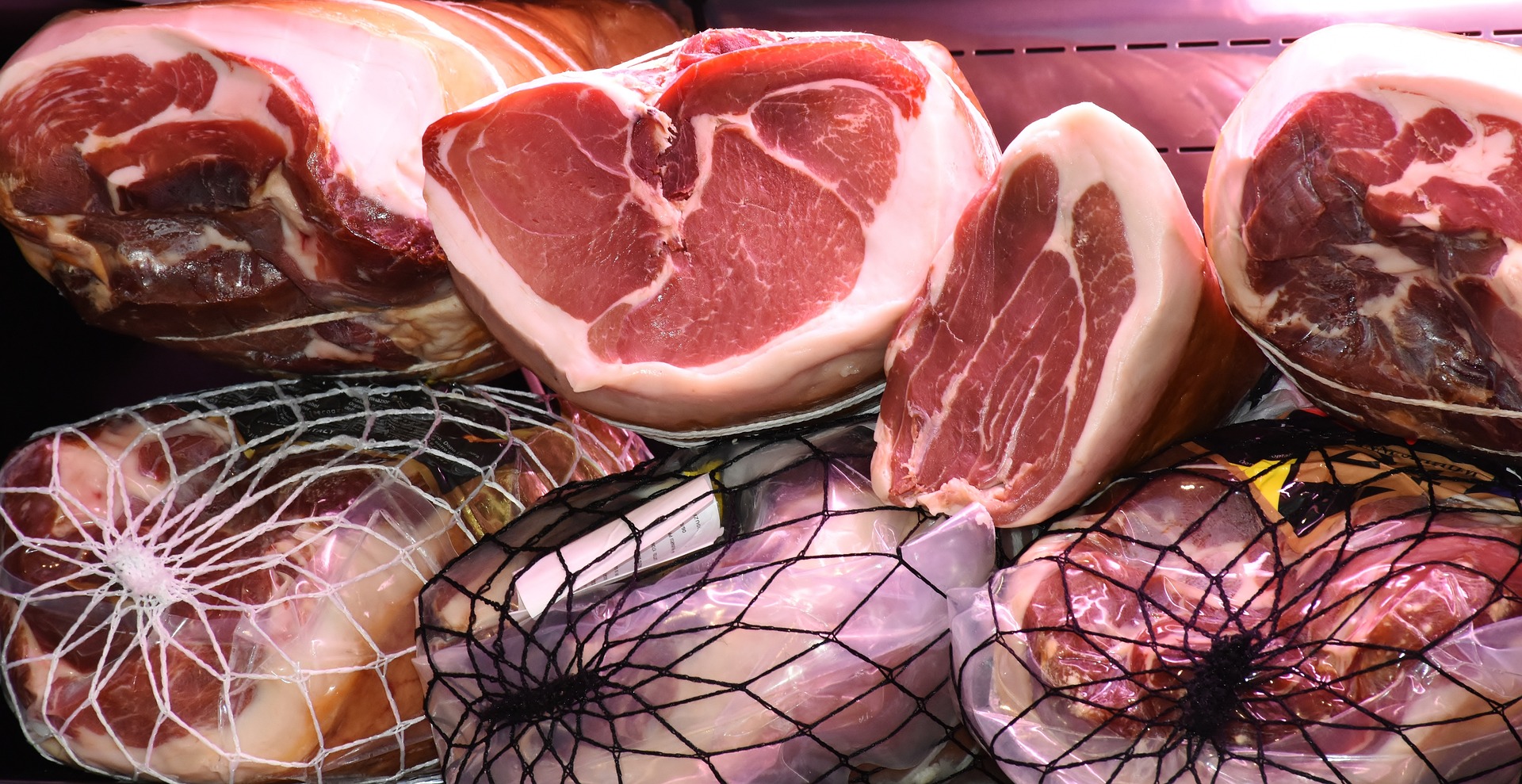Bacon, ribs, ham, sausage, chops. For all of the incredible gifts pork provides, it’s still one of the most under-appreciated meats on the market, and that just doesn’t make sense. Not only is this gorgeous meat delicious, but in a world where grocery store prices are still absurdly high, and most proteins cost far more than they did just a few short years ago, trusty pork seems to be holding steadfast in its mission to make both our wallets and our mouths happy.
The gifts from the other white meat are hearty and diverse, ranging from tender and delicate, elegant bites to hearty, rich, and saucy barbecue fare and everything in between. But with all of the options behind the butcher counter, how do you know which pork cuts are best? How do you know which cut to choose when it comes to impressing your guests at this weekend’s dinner party? Or which to select for the best pulled pork sandwiches that your kids will devour with glee?
These are the important questions, and we are here to help.
5. Tenderloin

This common yet beautiful cut of pork is a staple of every family’s weeknight dinner repertoire for good reason. Not only is the pork tenderloin extremely affordable, but its succulent consistency and ability to take on flavor make it completely delectable.
The tenderloin is a thin, lean, cylindrical cut from the loin muscle of the pig. Because this muscle doesn’t get much use, it remains soft and tender, even with its minimal fat content. This makes the tenderloin a rare gem in that it can be both tender and delicious without the extra fat and calories.
4. Spare ribs

Baby-back rib fans, don’t come for us. Look, the truth is, we’ve never met a rib we didn’t love, but there’s just something about spare ribs that reigns superior. While baby-back ribs are arguably the more popular of the two cuts, we prefer the more prominent size and more complex depth of porky flavor of spare ribs.
Spare ribs make up most of the pig’s rib section, running along the side and into the belly. They are quite a bit larger, meatier, and fattier than baby back ribs, which come from the smaller upper rib cage of the pig. The added, marbled fat found on spare ribs makes this cut far more flavorful, and larger pieces make for better finger-lickin’ barbecue.
3. Rib roast

As with a prime rib or a crown roast of lamb, a pork rib roast feels celebratory and special and looks beautiful as a festive centerpiece sitting on a holiday table, however, unlike its more expensive counterparts, a pork rib roast is extremely affordable while still maintaining incredible flavor and prestige.
Also called a rack of pork, this cut comes from the rib center portion of the bone-in center-cut loin. It’s also a slightly fattier cut, which makes the roast both tender and tremendously flavorful. While this roast is impressive, affordable, and extremely delicious, it isn’t one of the more popular cuts that are often found sitting behind the butcher counter, so you may have to call your local store ahead of time to order.
2. Butt

In the world of roasts, the pork butt is an obvious winner. This incredibly versatile cut of pork is fatty, flavorful, and incredibly delicious. In addition to its incredible flavor, its adaptability is ever-impressive and delightful, transforming flawlessly into such dishes as pulled pork, traditional roasts, and roasted pork sandwiches. When given proper time and attention, this robust cut can do just about anything.
While the name may imply that this cut comes from a different part of the animal, the pork butt actually comes from the shoulder of the pig. Like most shoulder cuts, it is a very tough cut due to the animal’s use of the muscle; however, with slow cooking comes great tenderness and flavor. There’s almost nothing the mighty pork butt cut can’t do when given the slow, caring treatment it needs.
1. Belly

This list would be neither complete nor accurate without a respectful nod to pork belly, the cut from which bacon derives. It goes without saying that bacon is one of the most beautiful gifts we have been given in this world, but pork belly is – generously – so much more than just bacon. Pork belly is amazing when cured and smoked; its copious amounts of fat produce the most beautifully porky flavor and smooth, rich texture. When the skin is left intact, pork belly becomes multi-dimensional with a crackling, crispy layer atop the velvety softness of the fatty, delicious meat below. Add a sugary marinade or glaze to this dish, and it becomes even more complex, the briny salt of the pork flirting with a sweetened, caramel-like kiss, and it becomes heavenly magic on a plate.




